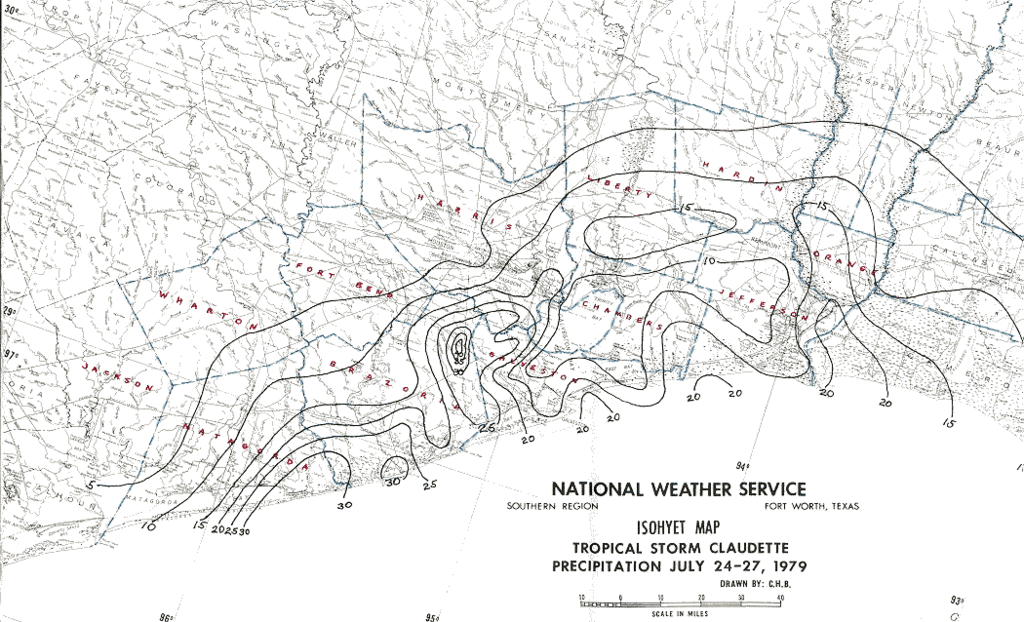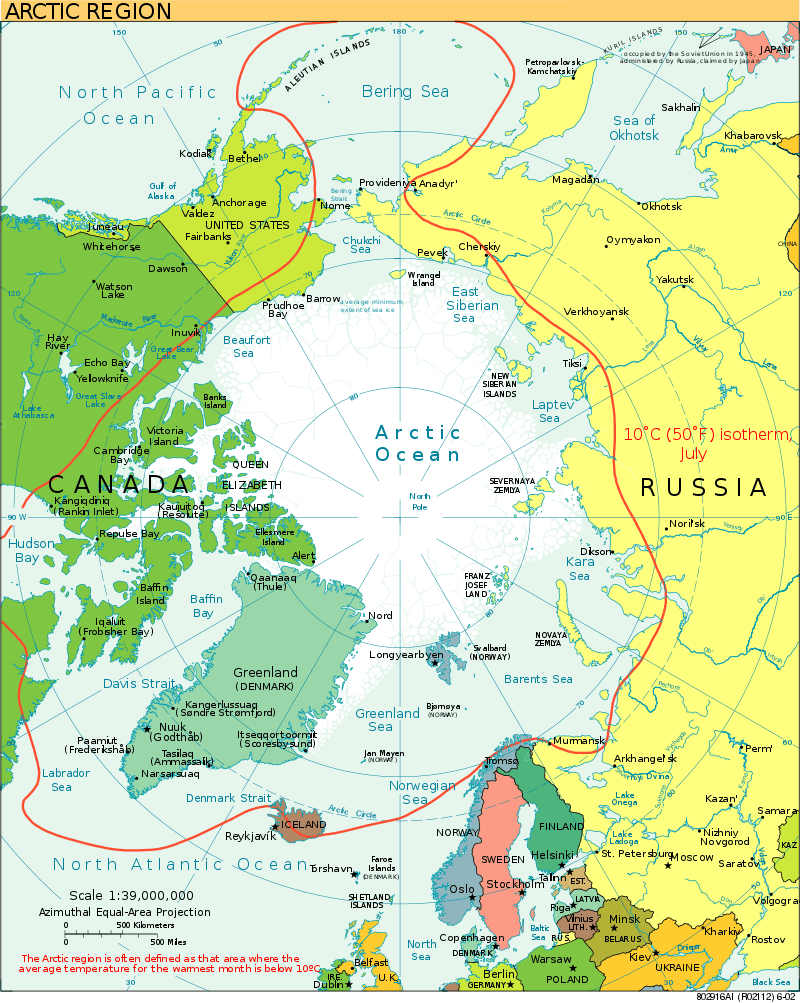The key difference between isohyets and isotherms is that isohyets are lines that we can draw on a map to connect several places with the same amount of rainfall throughout a specific time period, whereas isotherms are lines that we can draw on a map to connect several places having the same temperature throughout a specific time period.
The terms isohyet and isotherm are useful in marking maps to study rainfall and temperature trends, respectively. These lines come under the group of contour lines (also named isoline, isopleth and isarithm). A contour line refers to a function of two variables, and it is a curve along which there is a constant value for the function. Therefore, the curve can join at points having equal values. The term contour line is useful in the field of geology.
CONTENTS
1. Overview and Key Difference
2. What are Isohyets
3. What are Isotherms
4. Isohyets vs Isotherms in Tabular Form
5. Summary – Isohyets vs Isotherms
What are Isohyets?
Isohyet is a line that is used to connect points on a map having equal rainfall. It is also known as an isohyetal line. In other words, an isohyet line joins the points on a map having the same rainfall at a specific time period. Maps containing these lines are named isohyetal maps. These types of lines are very important in identifying the precipitation and possible storms coming in a particular area, throughout a certain time or in an average time period.

Figure 01: A Series of Isohyets
What are Isotherms?
An isotherm is a line that is used to connect points on a map having the same temperature. In other words, an isotherm shows us the places on a map having the same temperature for a specific time period. Therefore, the points that are connected by the isotherm have an equal temperature at the indicated time.

Figure 02: A Sample Isotherm
Specifically, we call the isotherm drawn at zero Celsius degrees “freezing level”. This term was first introduced by a Prussian geographer named Alexander Von Humboldt in 1817. This was introduced as a part of research regarding the geographical distribution of plants.
What is the Difference Between Isohyets and Isotherms?
Isohyets are lines that we can draw on a map that connect several places with the same amount of rainfall throughout a specific time period, whereas isotherms are lines that we can draw on a map that connect several places having the same temperature throughout a specific time period. Therefore, the key difference between isohyets and isotherms is that isohyet connects points having equal rainfall, whereas isotherm connects points having the same temperature. Moreover, while isohyets help to identify and study precipitation and possible storms in a particular area over a certain time, isotherms help to study the temperature trends in an area over a certain time period.
The following table summarizes the difference between isohyets and isotherms.
Summary – Isohyets vs Isotherms
Isohyets and isotherms are isolines that mark the equal values of some feature on a map. The key difference between isohyets and isotherms is that isohyet connects points having equal rainfall, whereas isotherm connects points having the same temperature.
Reference:
1. “Contour Line.” Wikipedia, Wikimedia Foundation, 8 Sept. 2021.
2. Chepkemoi, Joyce. “What Is AN ISOHYET?” WorldAtlas, WorldAtlas, 6 Nov. 2017.
Image Courtesy:
1. “Isohyet” By C.H.B. (U.S. National Oceanic and Atmospheric Administration) – This is a retouched picture, which means that it has been digitally altered from its original version. Modifications: indexed color. The original can be viewed here: Isohyet.jpg: . Modifications made by Incnis Mrsi. (Public Domain) via Commons Wikimedia
2. “Arctic” By CIA World Factbook – CIA World Factbook (Public Domain) via Commons Wikimedia
ncG1vNJzZmivp6x7pbXFn5yrnZ6YsqOx07CcnqZemLyue9ahmK1lmah6tbTEZpuinpaav6a6wp5km52krLKmuoyiqqigqZrBtHnAp5tmoaOkwamx0aaqaA%3D%3D